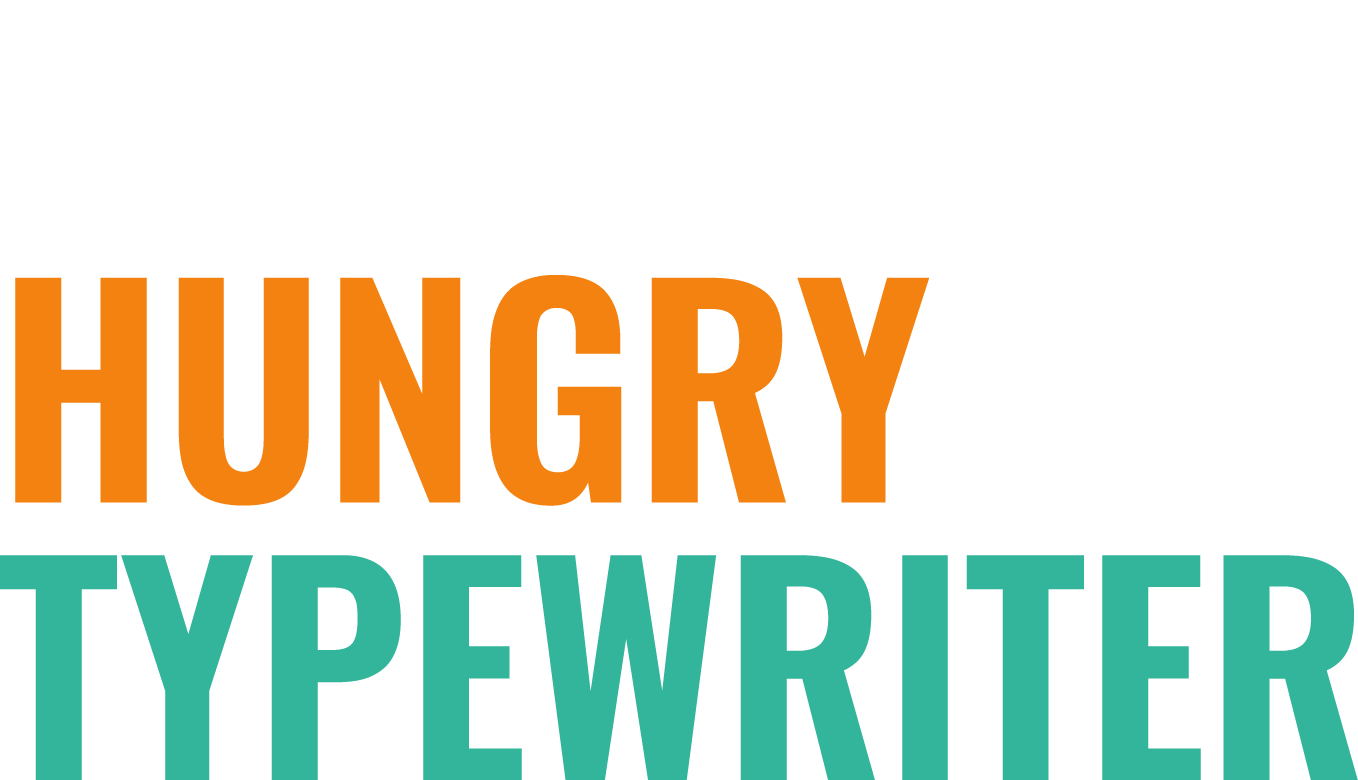How To P.S. Like a Pro: 5 Ways To Boost Your Email Engagement
Discover how to use a P.S. in email marketing and boost your newsletter engagement with a single sentence.
Contributing Writer: Laura DeVito
Spoiler alert: The most-read line in your email isn’t the subject line you obsessed over.
It’s the P.S.
Trust us, we get it, and it stings a little. We regularly pour our blood, sweat, and tears (but not coffee—it’s far too valuable) into every newsletter, customer journey, and campaign email we craft with clients, knowing most will skim…until something slows their scroll.
And that’s exactly why the P.S. is so powerful. It’s not just a final thought—it’s often the first line your audience truly sees. Why? Because P.S. is designed to catch the eye, land the point, and make the ask—fast.
Readers are trained (and often rewarded) for reading a P.S.
It’s more accurate than any AI summary.
It can drive more clicks than the rest of the email combined.
It can spark just enough curiosity to get them to scroll back up and start reading from the top.
Moral of the story? If you’re not treating your P.S. like premium real estate, you’re probably leaving money, connection, or curiosity on the table.
Let’s fix that.
Why the P.S. Deserves a Promotion
The P.S.—short for post scriptum (Latin for “written after”)—dates back to the days of handwritten letters, long before backspaces and delete keys, when forgetting something meant literally tacking it on at the end. Because no one had time to start over from scratch.
Fast forward to inbox culture, and the P.S. has become less of a footnote and more of a secret weapon.
Why? Because even the best-crafted newsletter or sales campaign competes with inbox overload, skim-scrolling, and screen fatigue. Readers are busy. And even when your content is exactly what they need, they may only catch the bold, the bullet points—and the P.S.
According to research from Nielsen Norman Group, only 16% of people read every word on a page, while 79% scan for key takeaways. And in email? The scroll-depth stats show that what’s last often gets the most focused attention, especially on mobile.
That means your P.S. isn’t just a nice-to-have. It’s your final pitch, your strongest hook, your clearest call to action. It’s also your best shot at rekindling interest, sparking just enough FOMO to scroll back up and start over.
When used intentionally, the P.S. can reinforce your message, reignite curiosity, and—yes—boost email engagement. Here’s how to use a P.S. depending on your goal.
How To Use a P.S. To Create Urgency
Perfect for sales emails, urgency works—when it’s real. A well-timed P.S. can help nudge your reader from thinking about it to taking action by making it clear what they’ll miss if they don’t move now.
We don’t normally advise selling in newsletters, as they should always be value-oriented. That said, sometimes the “value” you provide is through newsletter-exclusive offers, targeted discounts, and special access.
An “urgent” P.S. can also be an effective swift kick for sales leads who’ve gone stagnant—or newsletter subscribers who may have forgotten that your free content is just the tip of the iceberg of what you have to offer.
This doesn’t mean sounding like a bad late-night infomercial. It means highlighting real stakes.
Is your offer expiring, or is your availability limited (or oddly available)?
Is there a bonus they’ll lose if they wait too long?
What is their delay costing them in time, progress, or peace of mind?
An urgency-oriented P.S. is your shot to make that crystal clear.
Plug + Play P.S. Examples:
→ P.S. Doors close Friday—your next client could be waiting on the other side. Click here to get in the room!
→ P.S. For a limited time, newsletter subscribers get 25% off our Copy Coaching! Get live feedback on your homepage, about page, or service page (your pick). We’re only opening five spots, and you’ll walk away with a fresh perspective, a clear plan, and recommended next steps to tighten your message and sharpen your site.
→ P.S. Still putting off that website update? We’ve got rare availability over the next four weeks. Click here to take this off your plate and put it into our pipeline.
Done well, urgency in the P.S. doesn’t just push—it protects. It says, “This matters, and I don’t want you to miss it.” When you write it from a place of service (not just sales), you’ll have a much better shot at delivering on both.
How to turn a P.S. into a Pssssst.
You’ve seen the emails: “Hey [First Name], don’t miss out!”
Gross.
Personalization in your P.S. shouldn’t feel like a robot is trying to sell you something it thinks you Googled. It should feel like you—writing directly to them—because that’s exactly what it is.
The P.S. is the perfect place to go beyond “first name” greeting fields and tap into the language your ideal clients actually use. Reference a challenge they’ve faced or a desire they’ve been quietly stoking—the more specific and human your P.S. feels, the more effective it will be.
You can:
Break the fourth wall and share a moment or experience by speaking directly to the reader
Ask a direct question that sparks reflection (or a reply)
Use a phrase that sounds like something they’d say out loud
By all means, use {{smart fields}} to your advantage—but do it in a way that strikes a chord (instead of a nerve). Personalization should tie directly to your email content and speak with your reader, not at them.
Plug + Play P.S. Examples:
→ P.S. You’re reading this P.S. for a reason, Rebecca. Let’s turn these words into ones that mean business (and more free time and better clients).
→ P.S. {{first name!}}! Breaking my newsletter template for a second to say I’m rooting for you. How are things at {{Company Name}}? Write back and fill me in!
A personalized P.S. doesn’t have to use a name to feel direct. When done right, it reads like a whisper that cuts through the noise and says, “This part’s just for you.”
TL;DR
Clever use of smart fields is your secret weapon for breaking the fourth wall—and any email or newsletter template.
Used well, they create those Jim-from-The-Office, Ryan-Reynolds-in-Deadpool moments that stop us in our tracks, pull us through the screen, and make us feel like a critical part of the story. (And we are!)
How To Use a P.S. To Recap + Reignite
A small business newsletter is a powerful tool for providing value, building credibility, and adding value to a sales funnel.
But let’s be real: even the best emails don’t always get read top to bottom.
Enter the TL;DR-style P.S.—a second chance to say what matters most, in fewer words, with stronger clarity. When your email covers multiple ideas or scrolls longer than a single screen, your P.S. can act as both a summary and a call to action.
(Still catching up? TL;DR stands for “Too Long; Didn’t Read.” It’s a reader-friendly shorthand used to distill lengthy content into one quick takeaway—perfect for today’s skim-and-scroll habits.)
This isn’t just repetition—it’s reinforcement with purpose. The goal is to distill your message to one core takeaway and one clear next step.
Plug + Play P.S. Examples:
→ P.S. TL;DR: You’ve got one offer, one audience, and one week. Here’s how to make it count →
→ P.S. Skipped to the bottom? Smart move. Here’s what you really need to know (and do next).
→ P.S. What we just covered, in short: [core benefit]. Next step? [CTA with link].
Recap P.S. lines are especially powerful in sales sequences, product launches, or newsletter series where each send builds on the last. They give your reader the clarity to act—even if they missed the middle.
How to Use a P.S. to Boost Connection
Not every P.S. has to link to a landing page or sales push. Sometimes, the smartest move is to invite your reader into a conversation, especially one that’s already happening.
A well-placed P.S. can nudge your reader to join you beyond the inbox, add their voice to a discussion, and reinforce that they’re part of a thoughtful, values-driven community (not just a list you’re marketing to).
But—and this is important—don’t phone it in.
Too many people write social media engagement questions that are either:
Too broad (“What are your thoughts?”)
Too vague (“Would love to hear from you!”)
Too risky or revealing for most people to answer on a public thread (“When was the last time you dropped the ball with a client? What did you do?”)
You want to make it easy, natural, and meaningful for your reader to chime in. And when done well, this kind of content-driven community building doesn’t just drive clicks—it builds trust, expands your reach, and keeps your content working long after the email’s been read.
Talk to us!
I’ve been a sucker for a good P.S. since the days of long-distance calls and letter-writing marathons. I shared a little love story about it over on LinkedIn—find out why one of my favorite walks included a little pig here.
Use this type of P.S. strategically. When your audience knows you’re not just posting content—but sparking connection—they’ll want to stick around (and speak up).
How To Write a P.S. for Social Proof
Sometimes the best way to say what you want…is to let someone else do the talking.
The P.S. is a great place to slip in a short testimonial, stat, or story that reinforces your credibility—without interrupting the flow of your email. It can reframe your offer as something that’s already working for others, not just something you hope will land.
And because it’s the last line your reader sees, it helps counteract skepticism with confidence.
But keep it focused:
Pick one shoutout. One win. One compelling line.
Then tie it back to your CTA so your reader has somewhere to go.
Plug + Play P.S. Examples:
→ P.S. “This one sentence helped us land a dream client.” (Their words, not ours. Read the case study →)
→ P.S. 92% of our clients say they now feel more confident sharing their message. We’d love to help you feel that, too.
→ P.S. We love starting our day with emails from clients that sound like this:
“So many people said they could ‘hear’ my voice on the website. I’m very grateful and in awe of what you’ve helped me create! Thank you!!” — Jennifer S. Periwinkle
Here’s hoping you get nothing but love in your inbox, too! Have a great week!
Social proof in the P.S. works best when it’s not just glowing—but specific. Show the reader what’s possible. Then give them a clear path to step into that same success.
Make Your P.S. Work (Better)
You don’t need to include a P.S. in every email—but when you do, make it count.
Whether you’re driving urgency, sharing social proof, or just offering a human moment of connection, your P.S. should never be filler.
Here are a few guidelines to help you know when a P.S. is worth writing—and how to write one well:
Be intentional. Don’t treat the P.S. like a throwaway. Use it to reinforce your message or drive a specific action.
Keep it short and sharp. A long P.S. can work, but only if it earns the scroll. Otherwise, aim for one or two sentences, max.
Match the tone of the email—but loosen up. The P.S. is a great place to add a wink, a sigh, or a quiet moment of truth.
Don’t always link. A P.S. can be a reply prompt, a quick reminder, or a moment of encouragement. Not every line needs a hyperlink to be effective.
Speak like a human. Whether you’re using smart fields or your gut instinct, write it like you’d say it out loud.
At its best, the P.S. is the most honest line in your email—the place where the eyes rest, the heart sinks in, and the connection clicks into place.
So go ahead:
Add the line you were tempted to delete.
Say the thing that really matters.
And treat that last line like the first thing your reader will see—because it just might be.
Need help making that magic happen from subject line to P.S.? That’s exactly what we do in our content retainers. Discover our proven system of blog, newsletter, and LinkedIn content that drive connections, conversations, and conversions.
P.S.
Thanks for reading!




